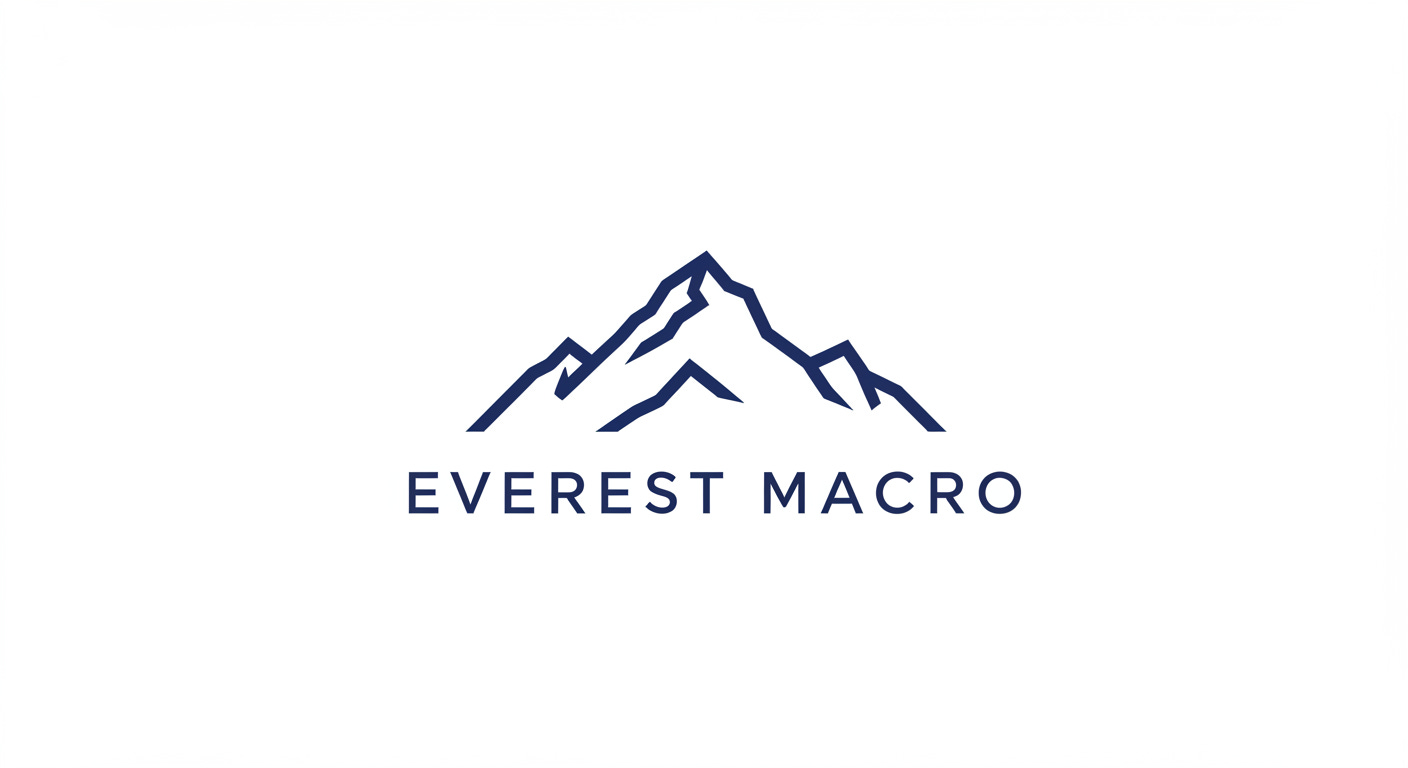Part 1 - Introduction
This is Everest Macro’s first post, and the aim is to share information about me, my beliefs with regards to trading and investing, and what I will provide my subscribers.
Well here goes…..
I am a Macro Trader with nearly 2 decades of experience as a multi-asset portfolio manager and investor across developed and emerging markets. Over my career, I have managed institutional portfolios for some of the UK’s largest funds, focusing on global multi asset macro investing, asset allocation strategies, and investment strategy.
1. What’s the aim of my Substack
Everest Macro seeks to provide clarity and insight in today’s complex investment landscape.
My goal is to help investors make smarter trading decisions while avoiding the overwhelming flood of mediocre research that contributes more noise than useful information.
With a foundation in nearly twenty years of investment management, trading and model development, my approach is built on intelligent, objective advice that’s accessible to both institutional professionals and individuals managing their own portfolios.
I am committed to providing actionable trading ideas, challenging market consensus when needed, offering bold and informed perspectives grounded in real-world experience as a money manager.
2. What you will get
Macro news – Insights on market moving news, central bank actions, and macro trends to keep you informed.
Investment Opportunities – A clear breakdown of trading ideas.
Economic Insights – Easy-to-digest updates on growth, inflation, policy, liquidity, and sentiment—helping navigate the market.
3. My philosophy
I believe:
(1) Combining discretion with systematic models lead to better and more repeatable investment outcomes.
(2) Systematic models provide an objective opinion, free from human bias (as often we are our worst enemy).
(3) Discretion is key, given the backward-looking nature of models they can’t foresee upcoming risks or structural breaks.
4. What I currently trade
I focus on trading global macro across (liquid markets) trading: FX, Fixed Income Futures, STIRs (Short Term Interest Rates), Equity Indices and volatility.
Primarily G10+ (USD, CAD,EUR,JP,UK, CHF, AUD, NZD, MXN, BRL, ZAR)
5. Overview of my process
My process utilises a “hybrid” approach to investing, where macro-economic themes (or views) help to frame the investment backdrop over the next 3-6 months, and systematic models are used to help identify ideas that fit.
My process starts with:
· Development of macro themes/views with a three-six-month duration – providing discretionary view of the world (central expectation).
· Utilise models that fit into three buckets (1) Directional trend (2) Relative value/ mean reversion (3) Carry.
· The discretionary view sets the foundation, and the models provide an objective pool of ideas, trades are placed when model view and discretionary macro view align.
6. What models inputs do I use
I currently use 3 main models:
Momentum Model:
· The existence of momentum is a well-established empirical fact.
· Tool that systematically scans a wide range of assets.
· This allows us to employ a more robust way to screen for ideas or themes, and to manage risk.
· Model based on price momentum and uses 3 trend signals (1) short term, (2) medium term, and (3) long term
Reversion to mean model:
· Reversion tends to work over shorter time frames (market mean revert over short time frames and trend over longer time frames)
· People anchor prices to certain levels, for example a medium-term moving average.
· Even where trends are established prices can deviate providing opportunities to trade reversion back to this level.
Seasonal model:
· There are many examples of this sort of observable seasonality, and they generally are situations where flows depend on the calendar for one reason or another.
· I rarely solely rely on seasonality, but use it like the above, to aid with decision making.
· Think of seasonality as one of many inputs into a probabilistic trading process.





